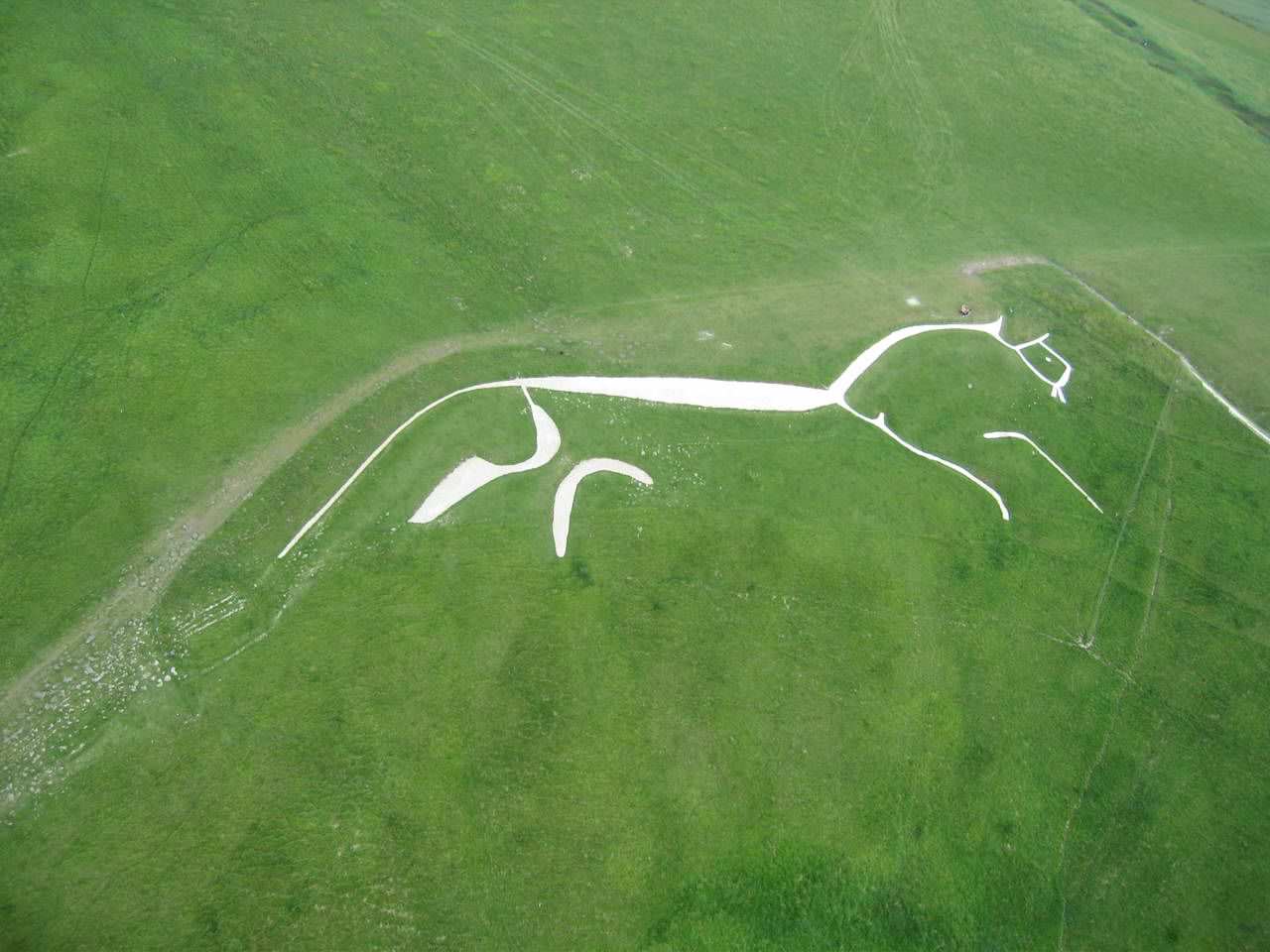The Uffington White Horse, a prehistoric hill figure etched into the rolling green hills of Oxfordshire, England, is a sight to behold. This ancient geoglyph, stretching 110 meters in length, is a testament to the artistic prowess of our ancestors and continues to captivate historians, archaeologists, and tourists alike.
Get your dose of History via Email
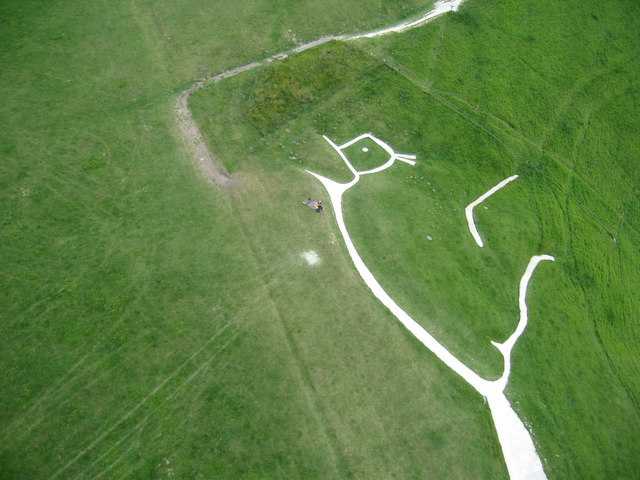
Historical Background
The Uffington White Horse dates back to the late Bronze Age, approximately 3000 years ago, making it the oldest hill figure in Britain. The people responsible for its creation were part of a civilization known as the Beaker People, named after their distinctive pottery style. This civilization was known for their advanced metalworking skills and their construction of stone circles, henges, and other megalithic monuments.
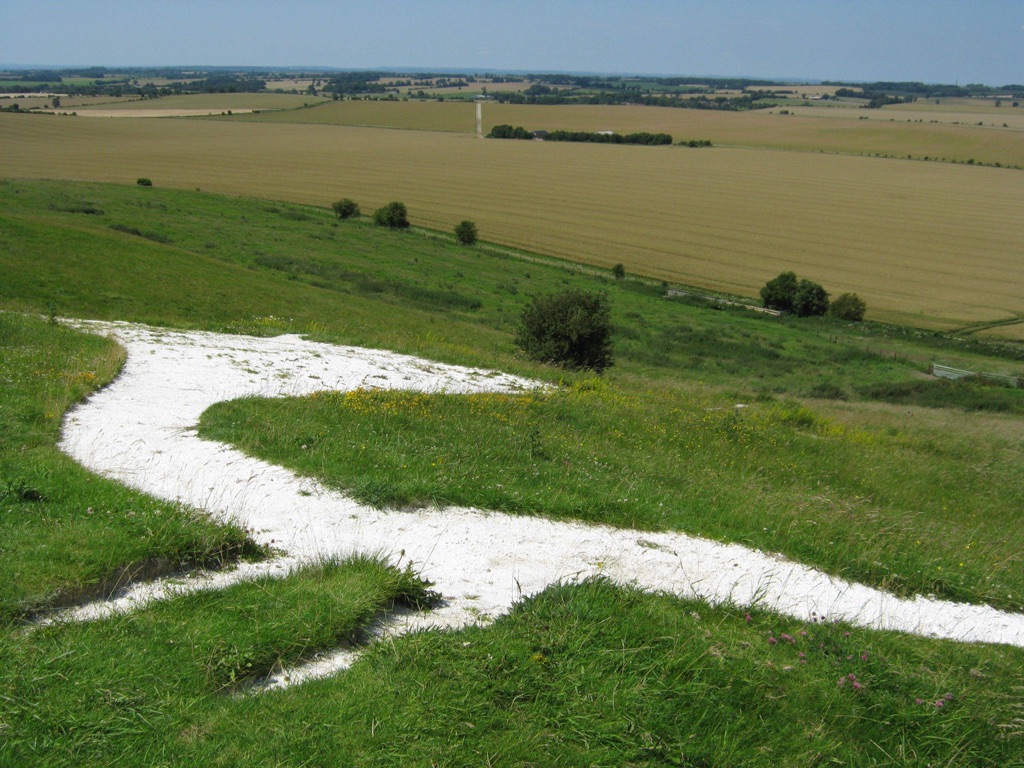
Architectural Highlights
The Uffington White Horse is not a mere surface carving; it is a trench filled with crushed white chalk, creating a stark contrast against the lush green hillside. The figure, which is best viewed from the air, depicts a stylized horse in motion, a symbol often associated with the sun and possibly a deity in the Beaker People’s culture. The horse measures 110 meters from nose to tail and is thought to have been maintained through a communal process known as ‘scouring’, where local people would clean and reshape the figure by adding fresh chalk.
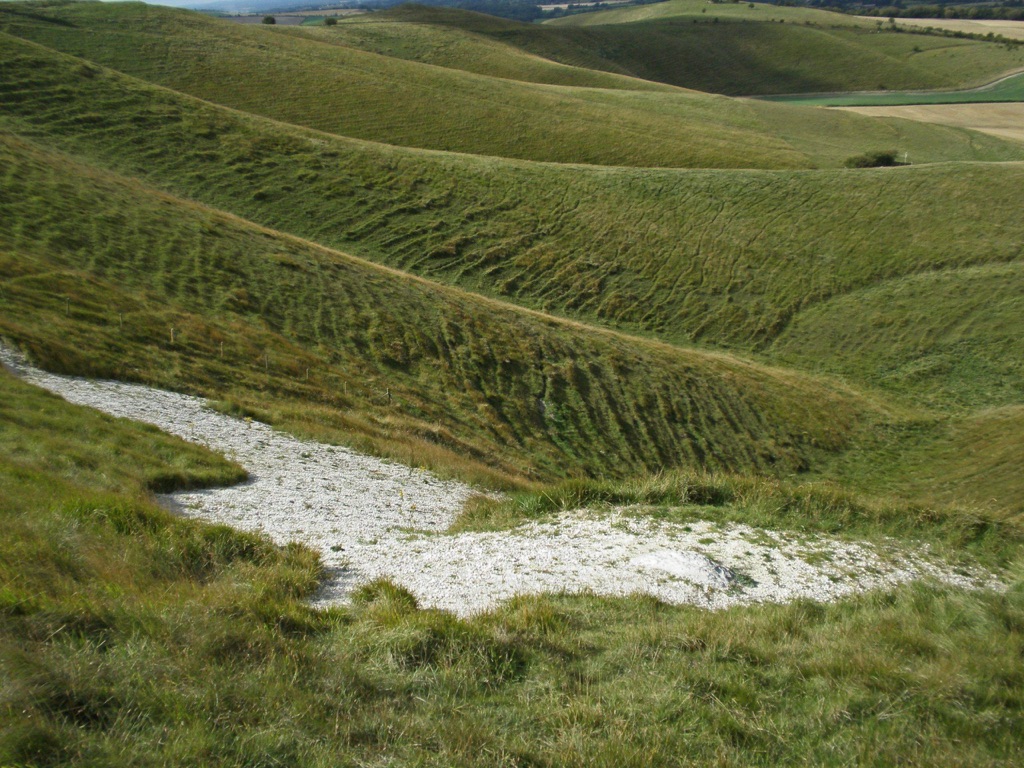
Theories and Interpretations
While the exact purpose of the Uffington White Horse remains a mystery, several theories have been proposed. Some suggest it was a tribal symbol, others propose it was a religious icon, and some even speculate it was an astronomical calendar. The horse’s alignment with the sun during the winter solstice supports this latter theory. Radiocarbon dating of snail shells from the site confirms the figure’s Bronze Age origins, but the exact date of its creation remains uncertain due to the regular maintenance and reshaping of the figure over centuries.
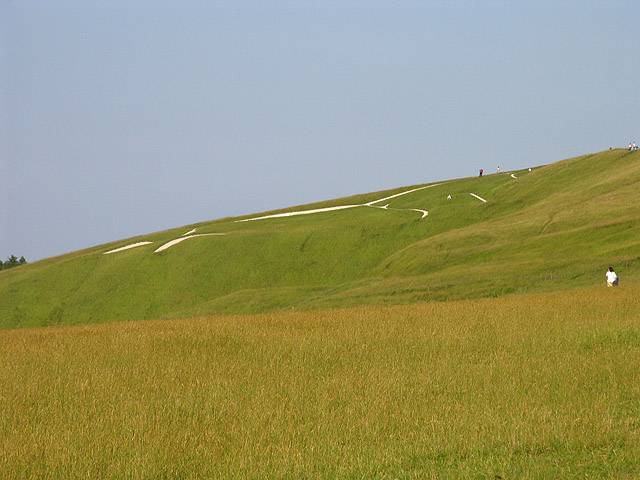
Good to know/Additional Information
Interestingly, the Uffington White Horse is not the only historical site in the area. Nearby, you can find Dragon Hill, a natural flat-topped mound where, according to legend, Saint George slew the dragon. The bare patch on top, where no grass grows, is said to be where the dragon’s blood spilt. Also in the vicinity is the Uffington Castle, an Iron Age hillfort providing panoramic views of the surrounding landscape. This area, steeped in history and folklore, offers a fascinating glimpse into our ancient past.

